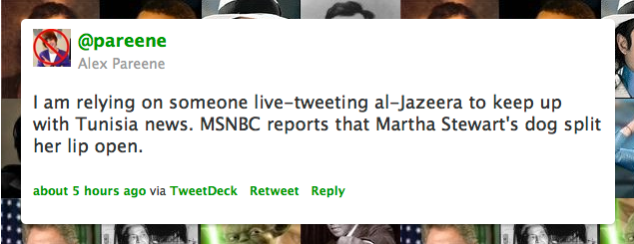Last week we saw an announcement from Google that they had purchased the mobile social networking platform Zingku. Everyone seems to be guessing as to what exactly it is that Google has up its sleeve in the mobile space. One thing is for sure though, they are serious about getting into mobile. If the news coming out over the past few months is anything to go by, i’m sure the Google mobile offering will be one to revolutionalise the mobile world (no, not like how the iPhone promised to do so).
Why do I say this? Well as Steve Jobs said in his speech at Standford “You can not connect the dots looking forward, you can only connect them looking backward”. So lets start connecting the dots….
First things first, lets look at all the things that people in the industry seem to complain about as to what is holding the mobile revolution back:
1. Operators – cant live with them, cant live without them. They control your access to information. “Walled Gardens”, Data charges and the like are really holding people back from utilising all the cool things that can be done on your mobile phone.
2. Discovery- We have heard this many times, if people can not find your content in an easy way- you’re not going to be successful. Remember the 3 click rule? Anything more than 3 clicks to get to what you’re looking for on a mobile device and you have lost your consumer. Its all about top of the deck status
3. Data Charges- linked to point 1. but this is pretty annoying. I for one do not use my GPRS/3G connection in Qatar for serious mobile browsing because its way too expensive. Back in South Africa though, where I was paying much less I was quite an active user.
4. Not enough compelling content out there- Many companies have entered the market, made their money and left. We saw content aggregators doing well for a while, but it seems that power is now shifting to a branded mobile strategy. Where brands are controlling their own mobile portals and going direct to consumers.
5. Cost of content- Users are very willing to use content if its free of charge. Having to to pay both for content & data is just not on.
6. Lack of successful integration of a Web 2.0 type strategy extended to mobile-With the new wave of web 2.0, I have not seen any successful integration of web 2.0 type service on mobile. We have seen MySpace announcing a new application under development, this could be interesting.
Alright those are all the limitations that I can think of now of the top of my head, if I think of anything else I’ll update the list or feel free to add to the list.
Now lets start connecting the dots and see how Google are dealing with the above limitations…
1. Rumours are going around about Google looking into getting the 700mhz spectrum both in the US & UK. Fantastic idea- If the telco’s are going to be a barrier to market, who needs them? We will just create our own network. Assuming the stories are true- this is a great move. Don’t forget Wifi, however to rely only on Wifi (like the iPhone in the UK) is not the best of strategies.
2. Google are developing something. Is it a new mobile platform to be loaded on existing devices or is it the gPhone? Either way, this is a great way to deal with discovery of your services. With a brand as big as Google, this makes sense. Google have also been working on their mobile search service, to help with the content discovery.
3. Again, linked back to point number 1. Needless to say if Google have their own network and own handset the sky is the limit as to the possibilities. Another interesting thing is the launch of AdSense for mobile recently by google and the filing of a patent for mobile advertising. This could lead to subsidised costs for end user.
4. Google have been working hard at getting their mobile search functionality going. This added to the mobile version of YouTube that will be coming out. Will really help users in getting & finding some compelling content.
5. With the launch of AdSense for mobile & Google filing a patent for mobile advertising. This could pave the way for free content in exchange for advertising. Maybe or maybe not?
6. Lastly we have just seen Google acquiring Zingku, the new mobile social network platform. Zingku is supposed to allow users to “zing” content between their handsets and PC’s. Built around community this could be a good extension of the web 2.0 model of community to a mobile device. Google after all to have a pretty big community to build on.
That all said and done, if you connect all of these dots together its pretty clear that Google are looking at coming to market with something that should shake up the entire industry. I’m sure in the coming weeks and months we will see many more announcements coming out of Google. Now all we have to do is wait in anticipation to see the final image these dots will reveal once completely joined and coloured in.




